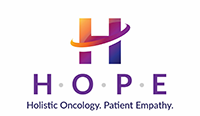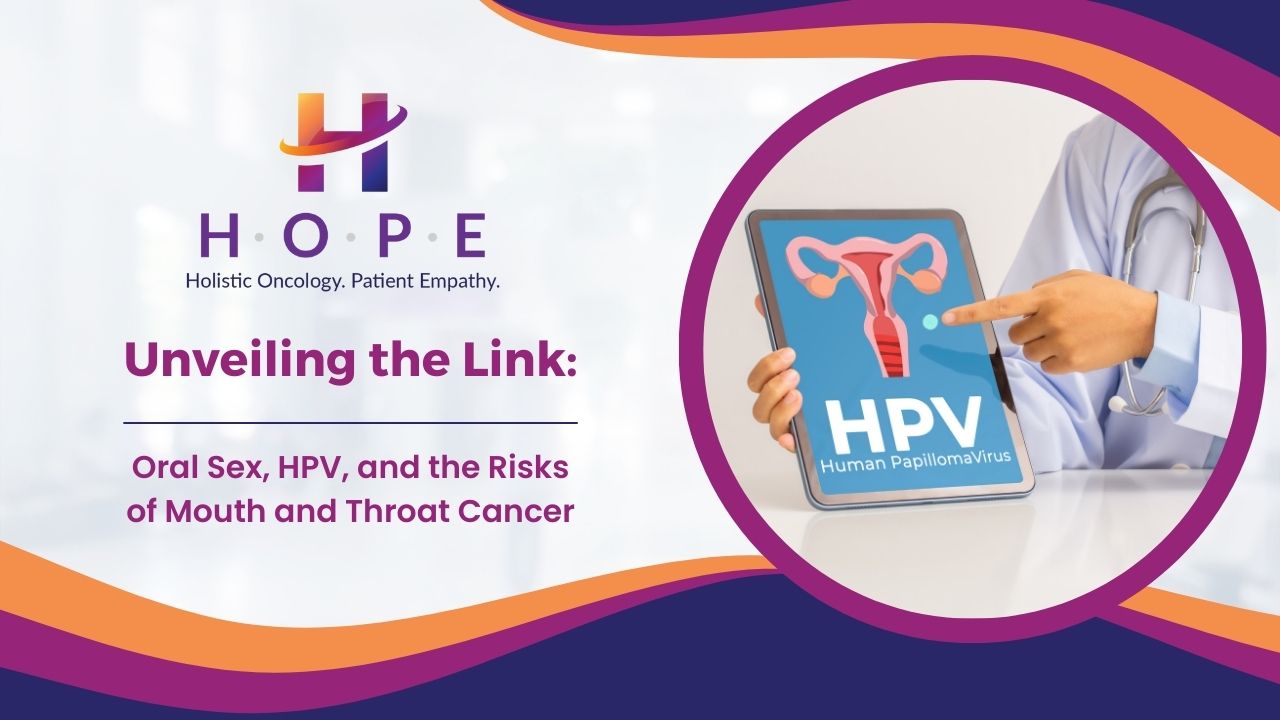Unveiling the Link: Oral Sex, HPV, and the Risks of Mouth and Throat Cancer
Introduction:
In recent years, there has been growing awareness of the association between certain types of oral sex and an increased risk of mouth and throat cancer. Human Papillomavirus (HPV), a sexually transmitted infection, has emerged as a significant factor in the development of these cancers. This article aims to explore the connection between oral sex, HPV, and the risks of mouth and throat cancer, shedding light on the key factors and providing valuable insights for better understanding and prevention.
Understanding HPV and its Link to Cancer:
Human Papillomavirus (HPV) is a group of viruses that can infect various parts of the body, including the genital area, mouth, and throat. While there are over 200 types of HPV, some are considered high-risk for cancer development. HPV is most commonly associated with cervical cancer, but it has become increasingly recognized as a leading cause of mouth and throat cancers, particularly in the oropharynx, which includes the base of the tongue and tonsils.
Transmission of HPV:
HPV is primarily transmitted through intimate skin-to-skin contact, including vaginal, anal, and oral sex. The virus can be present in the genital and oral regions, making both oral and genital HPV transmission possible. While condoms can reduce the risk of HPV transmission during sexual activity, they do not eliminate it entirely.
The Role of Oral Sex:
Engaging in oral sex, whether performing or receiving, can expose individuals to HPV, increasing the risk of infection in the mouth and throat. It’s important to note that not all individuals with oral HPV will develop cancer, and the body’s immune system can often clear the infection naturally. However, persistent infection with high-risk HPV types can lead to the development of cancer over time.
The Link Between Oral Sex, HPV, and Mouth & Throat Cancer:
Rising Incidence of Oropharyngeal Cancers:
Over the past few decades, there has been a notable increase in the incidence of oropharyngeal cancers, particularly among younger individuals. This rise has been linked to changes in sexual behaviors, including an increase in the practice of oral sex. The majority of oropharyngeal cancers are now attributed to high-risk HPV infection.
HPV-Related Oropharyngeal Cancer:
Oropharyngeal cancers that are HPV-related tend to have distinct characteristics compared to non-HPV-related cancers. They often affect the tonsils and the base of the tongue, and individuals with HPV-related cancers generally have a better prognosis compared to those with non-HPV-related cancers.
Gender Disparities:
HPV-related oropharyngeal cancer has shown a clear gender disparity, with men being disproportionately affected. The reasons for this gender difference are not entirely understood but may be related to variations in sexual behaviors and immune responses between men and women.
Age and HPV-Related Cancers:
HPV-related oropharyngeal cancers typically affect individuals at a younger age compared to non-HPV-related cancers. This age difference underscores the changing landscape of oral cancers and highlights the importance of recognizing the role of HPV in cancer development.
Prevention and Risk Reduction:
Vaccination Against HPV:
The most effective way to prevent HPV-related cancers, including those in the mouth and throat, is through vaccination. The HPV vaccine is safe, highly effective, and recommended for both males and females. It provides protection against the most common high-risk HPV types associated with cancer.
Safe Sexual Practices:
While it may not be realistic or desirable for everyone to abstain from oral sex, practicing safe sexual behaviors can help reduce the risk of HPV transmission. Using condoms or dental dams during oral sex can provide some protection, although they are not foolproof.
Regular Dental Check-ups:
Routine dental check-ups are crucial for oral health, and dentists can play a vital role in early detection and prevention. Individuals should be proactive in discussing their sexual history and any concerns about oral health with their dentist.
Educational Initiatives:
Public awareness and education campaigns about the link between HPV, oral sex, and mouth and throat cancer are essential. Providing information about vaccination, safe sexual practices, and the signs and symptoms of oral cancers can empower individuals to make informed choices about their health.
When to Seek Medical Attention:
Understanding the signs and symptoms of oral cancers is vital for early detection and timely intervention. Individuals should be vigilant and seek medical attention if they experience the following:
Persistent Sore Throat:
A sore throat that persists for an extended period, especially if accompanied by other concerning symptoms, should be evaluated by a healthcare professional.
Difficulty Swallowing:
Difficulty or pain while swallowing, known as dysphagia, can be a symptom of oropharyngeal cancer and requires prompt evaluation.
Changes in the Voice:
Hoarseness or changes in the voice that do not resolve should be investigated, as they could be indicative of underlying issues.
Persistent Ear Pain:
Chronic ear pain without an obvious cause may be linked to oropharyngeal cancers affecting the nearby structures.
Lump or Mass in the Neck:
The presence of a lump or mass in the neck, particularly one that does not resolve with time, warrants medical attention.
Conclusion:
The connection between oral sex, HPV, and the risks of mouth and throat cancer underscores the importance of informed decision-making and preventive measures. While engaging in oral sex is a personal choice, individuals can take steps to reduce their risk of HPV infection through vaccination, safe sexual practices, and regular health check-ups. Early detection of oral cancers is crucial for favorable outcomes, and individuals should be proactive in seeking medical attention if they experience persistent symptoms. By understanding the link between oral sex and HPV, we can empower ourselves and others to make informed choices that contribute to better overall health and well-being.

